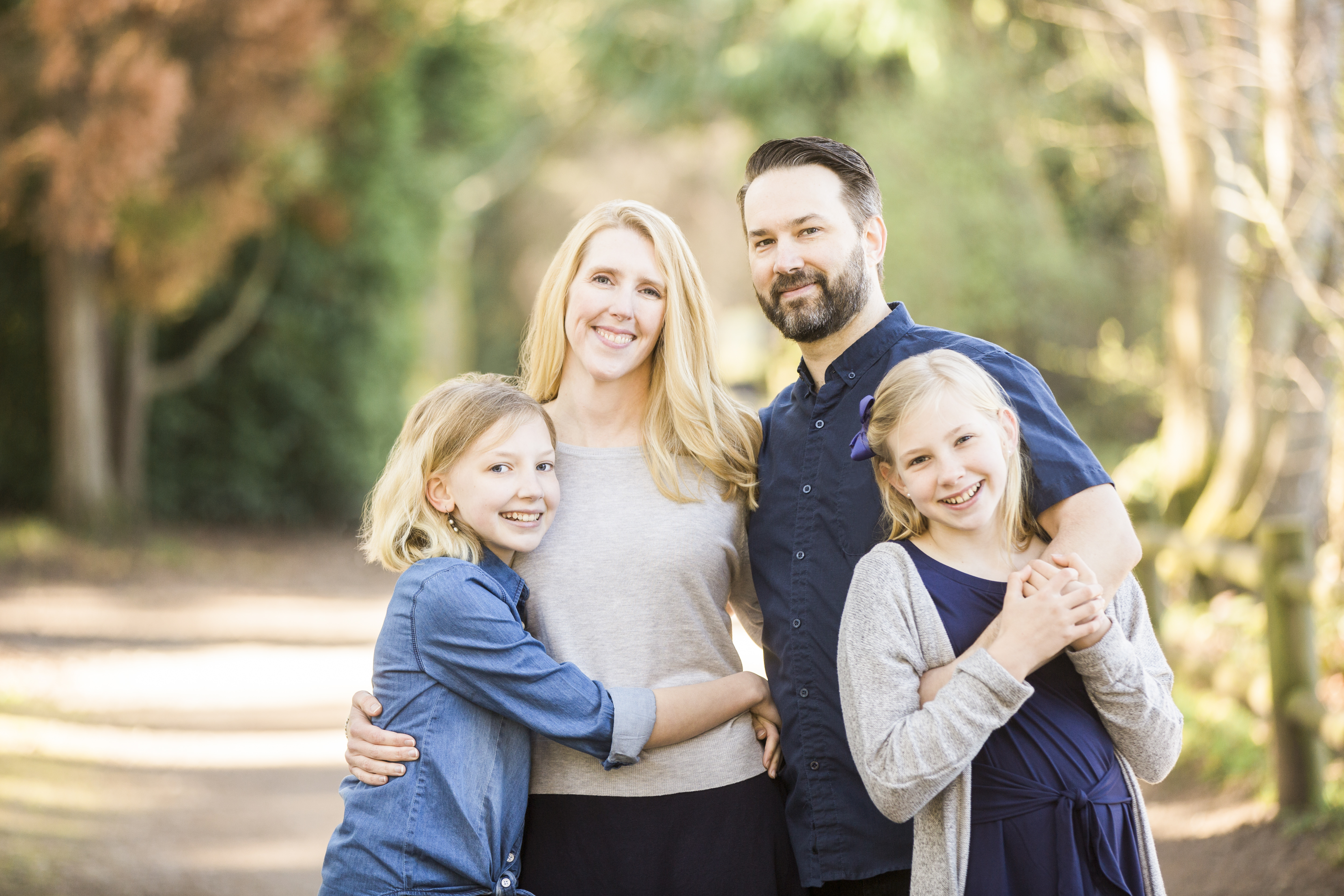Oral Appliance Therapy for Sleep Apnea

The Snoring & Sleep Apnea Center offers appliances to manage your sleep disorder breathing, snoring, and obstructive sleep apnea. Appliance brands and designs come and go, so knowing brand names is secondary to understanding fundamental differences. Seattle sleep dentist Dr. Katharine Christian created this appliance reference guide to educate patients about sleep apnea appliances.
Long Term and Short Term Appliances
Long-term appliances are stronger, and more stain and odor resistant. These long-term appliances can last up to seven years. They require a level of impression accuracy similar to that required for a crown or permanent bridge. At our Seattle office, we create one-of-a-kind appliances for each patient. We work with several laboratories that process and build custom appliances that are sturdy, compact, and harmonize with mouth contours. Long term appliances have specific characteristics and advantages that benefit our Seattle patients seeking sleep apnea and snoring treatments.
The characteristics of a long term sleep apnea appliance:
- Requires 3-6 clinical appointments to complete and insert.
- Requires accurate impression of upper and lower teeth.
- Custom fabrication at qualified, professional laboratories.
- Made of internal elastomeric and external rigid, dense acrylic.
- Can adjust to obtain preferred starting position.
- Custom contours create less bulk and easy patient accommodation.
- Incorporated metal components allow finer adjustment increments.
- Dense material resistant to odors and stain.
- Durability is approximately 3-7 years.
- Anterior, posterior, lateral and vertical adjustments.
The advantages of a long term sleep apnea appliance:
- More comfortable.
- Adjustable in every direction.
- Smaller adjustment increments.
- Tough and durable.
- Snug fit.
- Stain and odor resistant.
- Covered by most insurance carriers.
- High patient satisfaction.
Short term appliances are indicated when long term durability is secondary to obtaining a quick, cost-effective appliance for short term wear or testing. They are also great for people who generally like their CPAP but want an appliance for camping. They often consist of a one-size-fits-all, rigid, plastic, u-shaped shell approximating the shape of the jaw. The material inside the shell becomes soft when placed in hot water. The heated material is pressed and adapted over the teeth before it reaches a firm, but slightly elastic state when it reaches mouth temperature.
Short-term appliances are bulkier, less stable, and less customized. However, they require about 70 percent less clinic time than a long-term appliance and require no laboratory processing. Unfortunately, short-term appliances are prone to staining and odor, and they tend to be more fragile. Their durability is measured in weeks or months, rather than years like long-term appliances. Long-term appliances allow for micro adjustments in every direction whereas short-term appliances have limited macro-adjustments. Being able to make adjustments over time is important for long-term wear.
CPAP
The historic, Gold Standard of sleep apnea appliances is still the CPAP (Continuous Positive Air Pressure) machine. The CPAP is a pneumatic splint that keeps your airway open. It uses a mask secured over the nose with elastic straps. These machines require electricity to work, and are 100% effective for 60-70% of the population. However, 30-40% of sleep apnea sufferers cannot tolerate CPAP for a number of valid reasons. Another third of people who start on CPAP can not tolerate it long term.
Oral Appliances
Oral appliances that are used to treat sleep apnea resemble two night guards hooked together. They hold your jaw a little bit open and a little bit forward. Seattle sleep medicine dentist Dr. Katharine Christian separates appliances into a variety of types and will work with you to find the best type for your situation.
First generation oral appliances had limited success in treating OSA and earned a poor reputation in sleep disorder medicine. These one-piece appliances held the jaws rigidly and were not adjustable. Technology, research, and creative design have produced two-piece adjustable appliances with higher success rates. These sleep apnea treatments allow a slight lateral jaw movement while holding the mandible in the prescribed forward and vertical position. This feature is critical for people who grind or clench their teeth at night or have histories of TMJ-related problems.
With new materials and processing techniques, oral appliances are smaller, stronger, and enable smaller adjustment increments. A single millimeter can open the airway more than an entire nostril.
Dental Sleep Medicine for Seattle Patients
Any device must be comfortable and easy to maintain to be effective. This includes CPAP machines, and oral appliances. Dr. Christian does not believe in a one-size-fits-all approach. She will treat you as an individual with unique needs and treatment expectations, and she will customize an optimal plan that fits your lifestyle and your budget. Patients and referring doctors in Seattle, Tacoma, Everett, Redmond and Alaska can contact us now!



